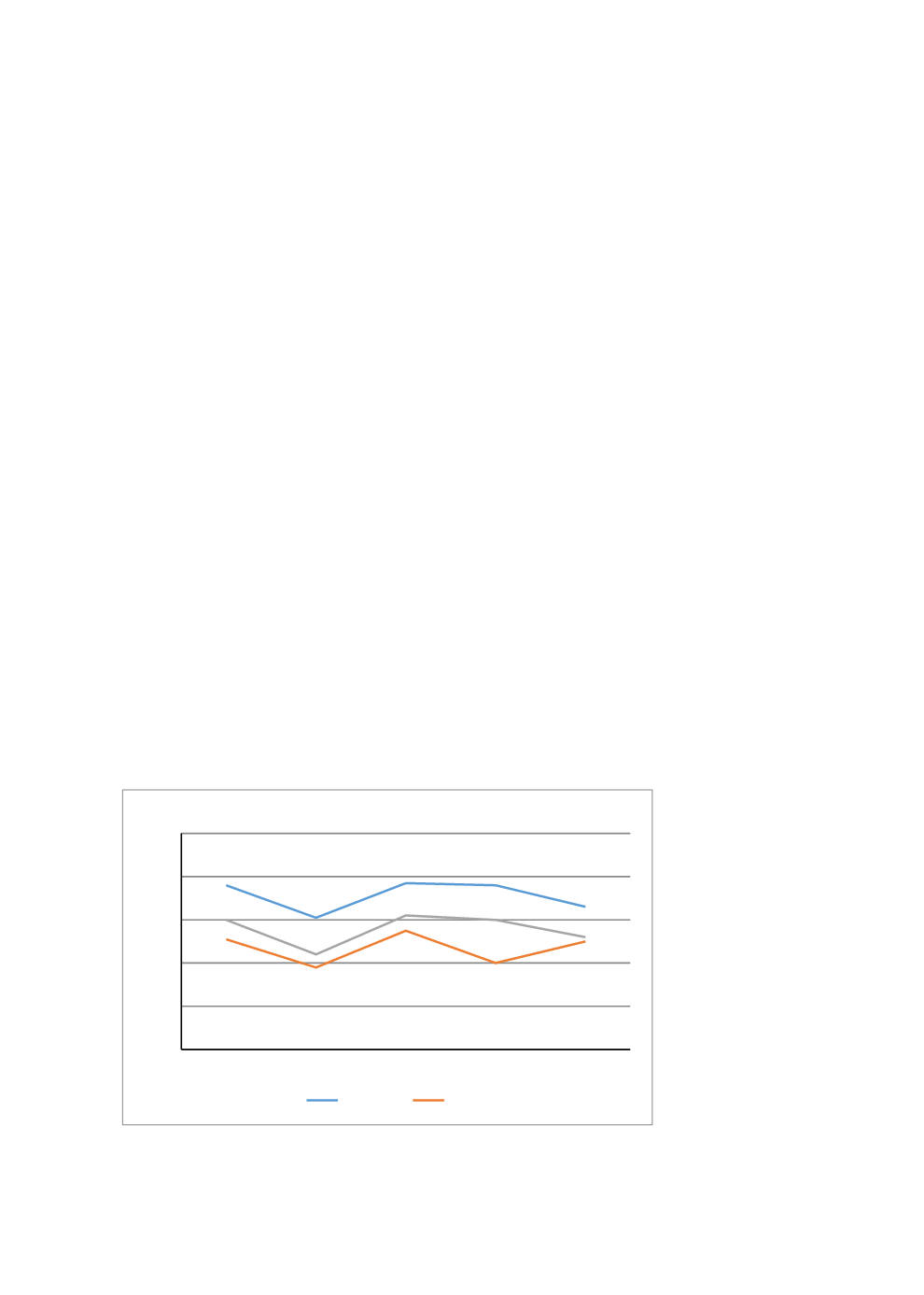

137
statistics (PSLM, 2014-2015), only 76% of individuals aged 10 and above in urban areas and
only 51% in rural areas can be classified as ‘literate’. Overall only 60% of individuals in the
country aged 10 and over are considered ‘literate’ based on the un-ambitious definition of
anyone aged 15 or over who can both read and write with understanding a short simple
sentence about their everyday life. These overall national figures mask large discrepancies
across provinces with only 44% of individuals in Balochistan literate as compared to the
national average of 60%. There are also clear gender gaps in literacy with females consistently
less likely to be literate as compared to males across the board in the country with wider gaps
in rural as compared to urban areas.
Results from independent assessments such as ASER paint an even more alarming picture of
learning outcomes in the country as they go beyond simply denoting someone as literate based
on being able to read or write a simple sentence to actually measuring basic literacy and
numeracy competencies (see Section 3). Appendix Table A12 highlights the learning challenges
of Pakistan across three basic competencies i.e. Language (Urdu/Sindhi/Pashto), English and
Arithmetic, captured by ASER Results. In 2015, only 55% children (enrolled in class 5) could
read a story in Urdu/Sindhi/Pashto, 49% were able to read basic sentences in English, 50%
could solve 2 digit division sums. Similarly in 2016, the results show a further dip with only 52%
children (enrolled in class 5) reading a story in Urdu/Sindhi/Pashto, 46% reading basic
sentences in English, 48% able to solve 2 digit division sums.
Figures 3.3.9 and 3.3.10 use the time series of learning outcomes data available between 2012
and 2016 on basic literacy and numeracy outcomes to highlight some key facts about
educational quality in the country over this period. Firstly, a large percentage of children in
grade 5 across the country are unable to read a story or divide. Secondly, as we observed before,
there are wide discrepancies across provinces with Balochistan consistently poor not only in
access but also in terms of learning. Finally, what is perhaps most striking is the broadly ‘static’
nature of learning over the 4 year period with some visible improvements but largely
persistently poor outcomes across the country.
Figure 3.3.8: Literacy Rates (%) for Individuals Aged 10 and Above by Province and Location
Source: PSLM (2014-2015)
0
20
40
60
80
100
National Balochistan Punjab
Sindh
KP
Literacy: 10 years & older
Urban
Rural
















